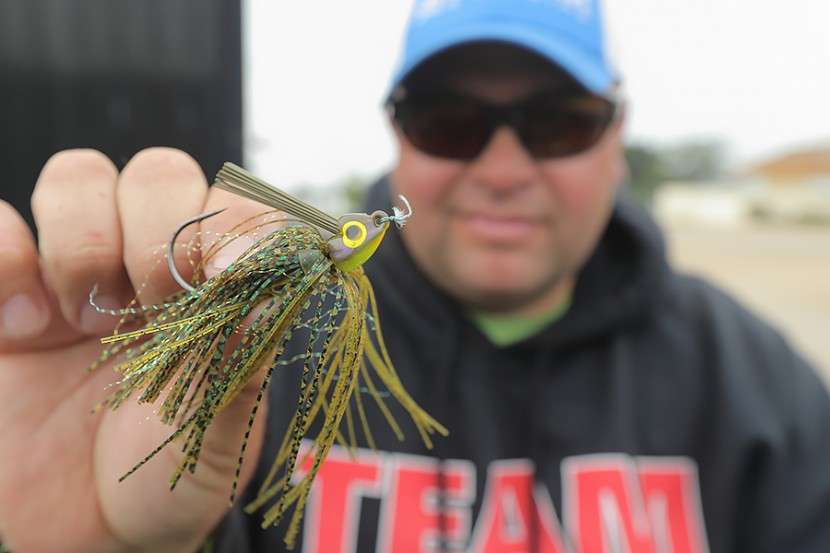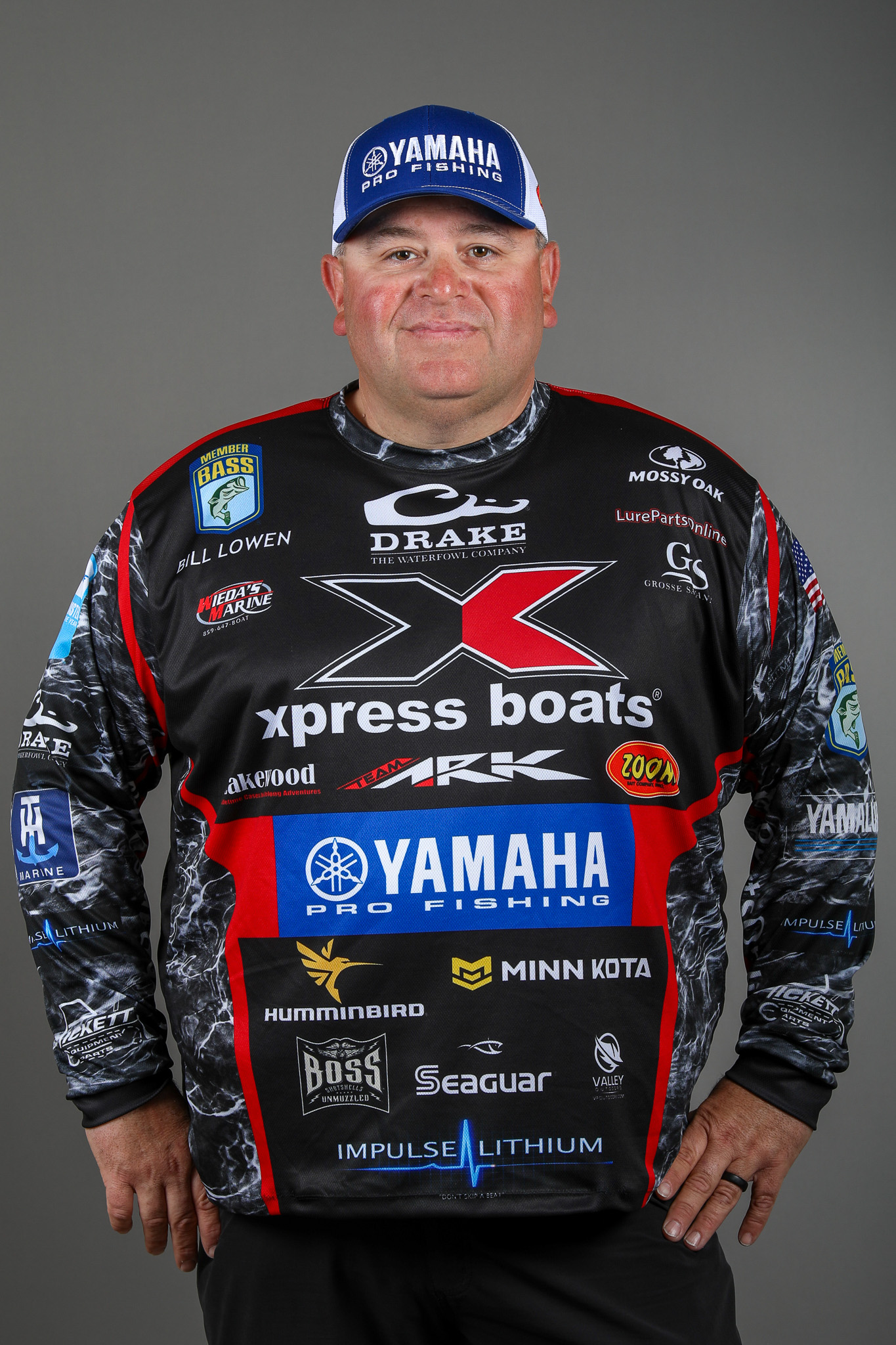
Despite the warmer weather Thanksgiving week, it’s starting to feel like winter in most parts of our country. The water temperature is dropping. It’s time to break out the swim jigs.
Depending upon where you live the water temp is probably somewhere between 55 and 40 degrees, at least in most places. Traditional thinking has it that the bass are finishing up their fall feeding and headed for deep water to wait for spring.
That’s true for a lot of them, but it’s not true for all of them. Some stay shallow all winter and some move back and forth between deep water and shallow water as the weather changes. Bass in all three groups can be caught. For most of us, though, it’s easier to target the shallow ones. That starts with picking the right place to fish — the grass.
Most of it is pretty well dead by now so you’re really looking for vegetation that’s up about a foot or so off the bottom and in water that’s somewhere between 6 and 8 feet deep. The best spots are on flats where there’s some deeper water nearby. If there’s a ditch or creek running across the flat, you’ve found the perfect spot to throw your swim jig.
The bass that are moving back and forth between different depths will move into that type of habitat if, and when, there’s any kind of a warming trend. It doesn’t have to be much. An ice breakup is often enough. And, it’s not unusual to find bass that stay on those grass flats all winter.
My swim jigs are small at this time of the year. My two primary baits are Strike King’s Bitsy Bug and my signature series swim jig from Davis. I like the 1/8-ounce Bitsy Bug and the 5/16-ounce Davis jig. That’s a new size I developed with Davis just for this kind of fishing.
Proper presentation is absolutely critical. Toss your jig out, let it fall all the way to the bottom and then bring it back right at the top of the grass. The idea is to float your jig over the top of the grass. Just barely tick the top of the grass with your jig, and only do that every so often. Do not wind your jig through the grass. That’ll most likely result in a frustrating day.
Use bait casting tackle if you can. It’ll give you more control than spinning tackle. Light line is a must. I spool up with 8- or 10-pound-test Hi-Seas Fluorocarbon line. It preforms nicely in cold weather conditions.
Another thing that’s very important is the size of your bait. Bass at this time of the year are selective feeders. Make sure your jig matches what they’re eating or what’s in the lake you’re fishing. I mostly use an Uncle Josh 101 Frog or a Tightlines UV 3-inch Bubba Craw. That’s usually about right for most places.
If one of those combinations doesn’t match the forage in your lake, go up or down to make your bait look like the real thing. I always match the hatch when it comes to color. If you’re in doubt about that, go with something like shad or bluegill.
Swimming a jig through grass is a good alternative to many of the traditional winter approaches to bass fishing. It works. I’ve caught them in water as cold as 39 degrees. So can you.





